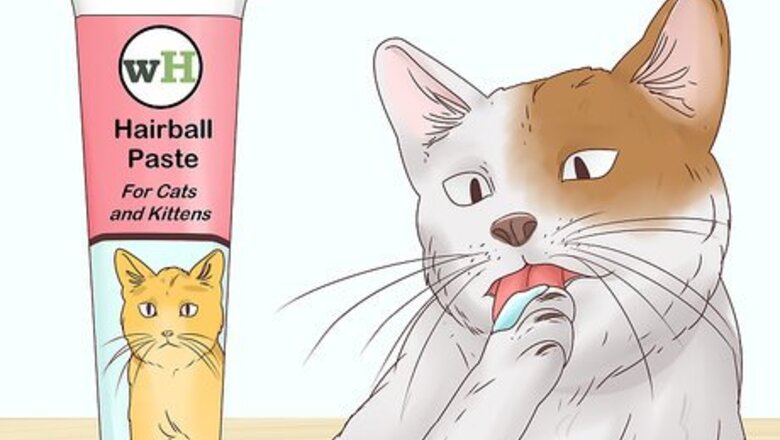
views
X
Research source
If your cat seems to be having trouble with a hairball, you can try a home remedy, such as a hairball paste or even petroleum jelly. However, if your cat is exhibiting signs of digestive blockage, you should consult a vet. Also, sometimes cats with asthma can seem like they're hacking up a hairball, so if you think this may be the issue, take your cat to the vet for a diagnosis.
- Give your cat products to move and prevent hairballs. For example, try hairball paste, hairball remedy treats, and hairball control cat food.
- Take your cat to the vet if they're losing weight, lethargic, or hacking regularly without any sign of a hairball.
- Prevent future hairballs by staying on top of your grooming efforts. Depending on your cat's breed, you may need to brush them every day.
Using Home Remedies

Give hairball paste to your cat to get the hairball moving. This type of paste acts as a lubricant for the hairball, and it is specifically made for cats. You just place a little bit on your cat's paw, and it will lick it off. Use a small strip of the paste on the cat's fur. If your cat shakes it off its front paw, try smearing it lightly underneath the front elbow. Hairball pastes come in fun flavors your cat will likely enjoy, such as salmon. You may be able to just put some on a plate for your cat to lick. In most cases, you'll need to give your cat multiple applications of the hairball paste. Treat your cat with the paste twice a day for 3 to 5 days until the hairball passes.
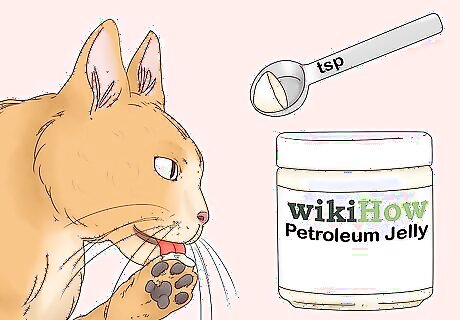
Use a ⁄2 teaspoon (2.5 mL) of petroleum jelly for a cheap option. This home remedy can act as a laxative for your cat, which can help move the hairball. Apply the jelly to a paw so your cat can lick it off. Try to rub it in a little so the cat can't shake it off. If your cat shakes it off, try placing it in an area that's more difficult for it to shake off, such as underneath the front leg.
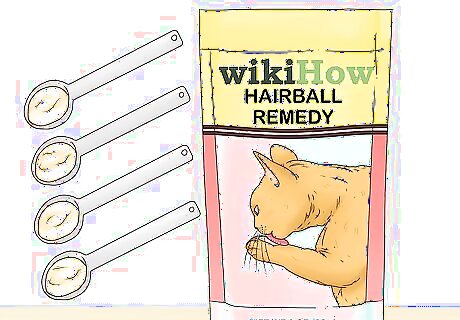
Give your cat 4-6 hairball remedy treats to prevent future hairballs. You can find several brands of dry hairball remedy treats at your pet store. These treats may help your cat pass its hairball, but they work best for preventing future hairballs. Follow the package directions on how many to give your cat. These are an easy solution because there's no messy paste or gel. Your cat will often just chomp them down. Once your cat passes its hairball, continue to give it the hairball remedy treats to prevent future hairballs.

Try a hairball control cat food for a long-term solution. Changing your cat's food may help with the current hairball. However, it's more likely to help prevent more in the future. Look for one that claims "hairball control." This foods employ different methods to treat hairballs, such as increasing fiber or omega-3 fatty acids in the food.

Add a spoonful of canned pumpkin to your cat's food. Pumpkin contains fiber that may help your cat pass the hairball. Mix it in with canned food, so your cat is more willing to eat it. Other fiber options you can try include wheatgrass powder, coconut fiber powder, or psyllium seed husk powder. Mix a ⁄2 teaspoon (2.5 mL) or so into the cat's wet food.

Pour a ⁄4 teaspoon (1.2 mL) of olive oil in your cat's food. Mix it in with wet cat food or even a bit of dry cat food. Olive oil acts as a mild laxative, which helps move the hairball. While you can use this treatment every once and a while, try not to use it weekly. Your cat's body prefers meat-based fat sources.
Watching for More Serious Symptoms
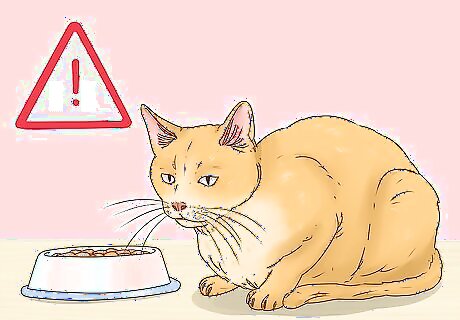
Watch for loss of appetite. If your cat suddenly stops eating, pay attention, particularly if it lasts for more than a day. That's a sign your cat needs to go to the vet to help determine what's wrong. Not eating could be a sign your cat's digestive system is blocked by a hairball.
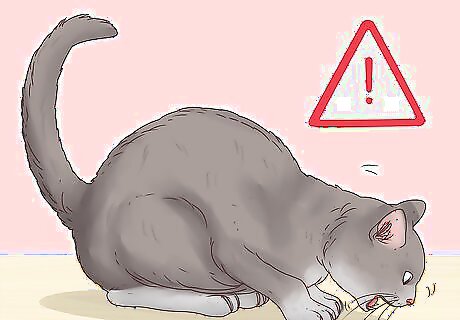
Notice if your cat hacks without bringing up a hairball. If your cat is continually hacking but not producing anything, that could be a sign your cat has a blockage in its digestive system. Pay particular attention if your cat hacks without production several times in one day. You should also check to see if your cat is defecating. If it's not, then it definitely has a blockage and needs to be seen by a vet. Alternatively, your cat may have diarrhea because it can't get much around the blockage.

Check the cat's stomach and energy levels. Place your hand on the cat's stomach. If it feels harder than normal, that could indicate a blockage. Your cat may also seem really lethargic, like it doesn't have the energy to do much.
Taking Your Cat to the Vet

Take your cat to the vet if it's exhibiting multiple symptoms. If your cat is severely blocked, home remedies may not cut it. In fact, blockages can lead to death if left unchecked since your cat won't be able to digest food. Plus, the problem may not be a hairball, and you'll need your vet to diagnose it.
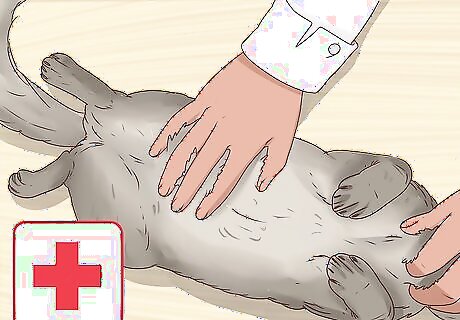
Expect a physical examination. The veterinarian will begin by using their hands to exam the cat. They may feel the cat's stomach, for instance, to see if it's hard. They'll also inspect the cat visually. During this time, the vet will likely be asking you questions about the cat's medical history and its recent symptoms.
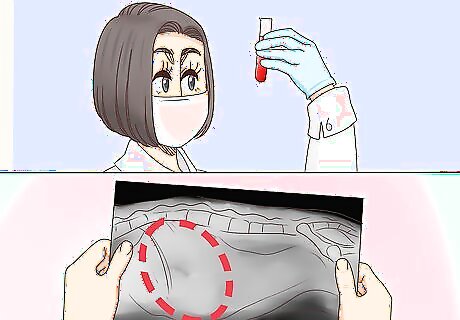
Be ready for diagnostic tests. Your vet will likely want to do blood work. They may also perform X-rays or an ultrasound on your cat. These tests can help your vet determine if and where your cat has a blockage, so they can decide on the best course of treatment.

Be prepared for the cat to stay at the vet for a few days. If your cat does have a blockage, the vet will likely keep it at the clinic. They'll give your cat a laxative to see if it relieves the blockage, while monitoring the cat's digestive progress closely. If the blockage isn't serious enough for the cat to stay, your vet will make recommendations for home remedies, such as mineral oil.

Discuss the possibility of surgery. If your cat has a blockage from a hairball, it may need surgery to remove it. Your vet will let you know if your cat's situation is serious enough to warrant surgery.
Watching for Asthma Symptoms
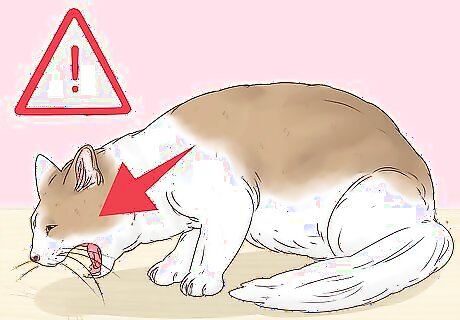
Notice how your cat hacks. Cats with asthma have a specific kind of hacking position. Generally, they crouch down and extend their neck forward while they are hacking. Pay attention to see if your cat uses this position. If your cat gets in this position and often doesn't produce anything when hacking, that could be a sign of asthma.
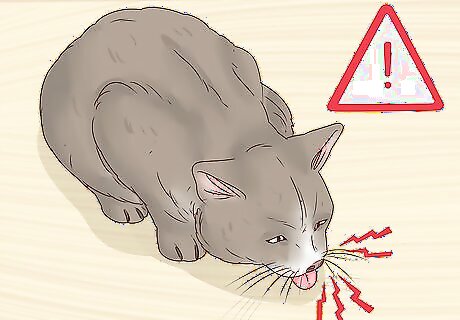
Listen for a cough rather than a hack. While cat coughing can seem like hacking, it will likely have more wheezing to it. It can also sound like a "dry" or "wet" cough, but it may seem like your cat is hacking up mucus and then swallowing it. Your cat may stick its tongue out while coughing.

Pay attention to signs your cat is having trouble breathing. Your cat may seem to get "winded" more easily than normal. You may even hear wheezing-like breathing after it runs around a bit. If your cat is having a particularly hard time breathing, it may breathe with its mouth open.
Preventing Hairballs

Groom your cat daily until its coat is under control, if it has hairballs. Hairballs are often avoidable! Your cat gets hairballs from eating its fur as it grooms. If you brush away that fur, your cat won't eat it. If your cat currently or recently had hairballs, groom it daily until the grooming brush collects little fur. You can then adjust your grooming schedule to fit its coat length. Your cat may have a build up of shed hair, which is causing its hairballs. Even short-haired cats shed and need grooming!
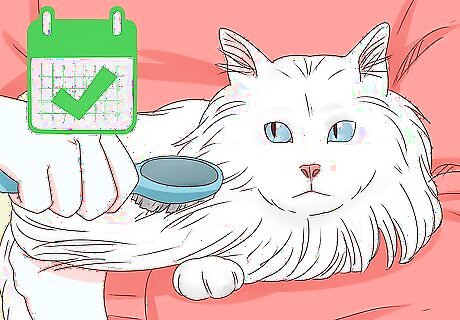
Comb and brush long-haired cats daily to avoid hairballs. Work the comb through the fur first, then go over it with a brush. Not only will this help prevent hairballs, it will also keep your cat's fur clean and unmatted. Give your cat lots of love when you groom it, and offer it a treat so it views grooming more positively. Clean your comb and brush after each grooming session.
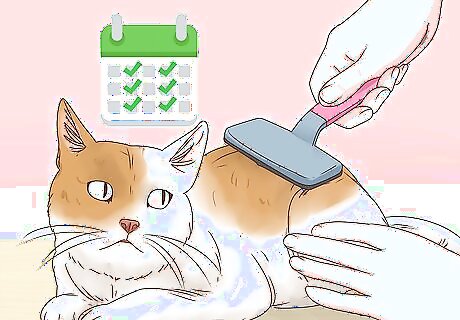
Brush short-haired cats twice a week to control their coat. Even short-haired cats shed, so they need to be regularly groomed. This helps avoid hairballs and keeps their coat shiny. During grooming, give your cat lots of pets to make the experience more pleasant. You should also give the cat treats to reward it. Remember to clean your brush after each grooming session.













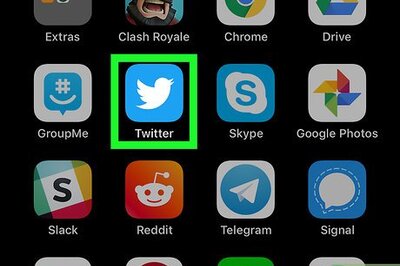





Comments
0 comment